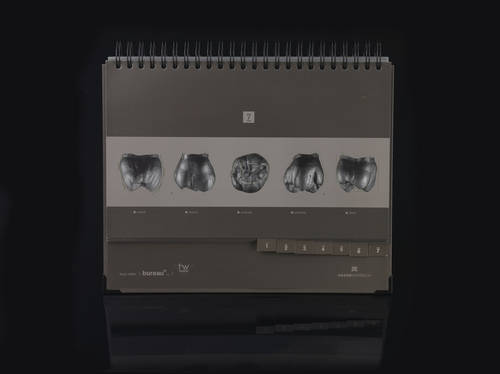
Knut Miller Atlas Of Anatomy Published Date
This item: Atlas of Human Anatomy, Binder Ready Version by Mark Nielsen Loose Leaf $56.48 Only 11 left in stock (more on the way). Ships from and sold by Amazon.com.
Contents • • • • • • • • • • • • • • • • • • • • • • • Anatomy [ ] Source: Muscles [ ] The following is a list of the muscles in the dog along with their origin, insertion, action and innervation. Extrinsic muscles of the thoracic limb and related structures: Descending superficial pectoral: originates on the first sternebrae and inserts on the greater tubercle of the humerus. It both adducts the limb and also prevents the limb from being abducted during weight bearing. It is innervated by the cranial pectoral nerves. Transverse superficial pectoral: originates on the second and third sternebrae and inserts on the greater tubercle of the humerus.
It also adducts the limb and prevents the limb from being abducted during weight bearing. It is innervated by the cranial pectoral nerves. Deep pectoral: originates on the ventral sternum and inserts on the lesser tubercle of the humerus. It acts to extend the shoulder joint during weight bearing and flexes the shoulder when there is no weight. It is innervated by the caudal pectoral nerves. Sternocephalicus: originates on the sternum and inserts on the temporal bone of the head.
Its function is to move the head and neck from side to side. It is innervated by the accessory nerve. Sternohyoideus: originates on the sternum and inserts on the basihyoid bone.

Its function is to move the tongue caudally.  It is innervated by the ventral branches of the cervical spinal nerves. Sternothyoideus: originates on the first coastal cartilage and inserts on the thyroid cartilage. Its function is also to move the tongue caudally. It is innervated by the ventral branches of the cervical spinal nerves.
It is innervated by the ventral branches of the cervical spinal nerves. Sternothyoideus: originates on the first coastal cartilage and inserts on the thyroid cartilage. Its function is also to move the tongue caudally. It is innervated by the ventral branches of the cervical spinal nerves.
Omotransversarius: originates on the spine of the scapula and inserts on the wing of the atlas. Its function is to advance the limb and flex the neck laterally. It is innervated by the accessory nerve.
Trapezius: originates on the supraspinous ligament and inserts on the spine of the scapula. Its function is to elevate and abduct the forelimb. It is innervated by the accessory nerve. Rhomboideus: originates on the nuchal crest of the occipital bone and inserts on the scapula. Its function is to elevate the forelimb.
It is innervated by the ventral branches of the spinal nerves. Latissimus dorsi: originates on thoracolumbar fascia and inserts on the teres major tuberosity of the humerus. Its function is to flex the shoulder joint. It is innervated by the thoracodorsal nerve.
Serratus ventralis: originates on the transverse processes of the last 5 cervical vertebrae and inserts on the scapula. Its function is to support the trunk and depress the scapula. It is innervated by the ventral branches of the cervical spinal nerves. Intrinsic muscles of the thoracic limb: Deltoideus: originates on the acromial process of the scapula and inserts on the deltoid tuberosity. 
It acts to flex the shoulder. It is innervated by the axillary nerve. Infraspinatus: originates on the infraspinatus fossa and inserts on the greater tubercle of the humerus. It acts to extend and flex the shoulder joint.
It is innervated by the suprascapular nerve. Teres minor: originates on the infra glenoid tubercle on the scapula and inserts on the teres minor tuberosity of the humerus. It acts to flex the shoulder and rotate the arm laterally. It is innervated by the axillary nerve.
Supraspinatus: originates on the supraspinous fossa and inserts on the greater tubercle of the humerus. It acts to extend and stabilize the shoulder joint. It is innervated by the suprascapular nerve. Medial muscles of the scapula and shoulder: Subscapularis: originates on the subscapular fossa and inserts on the greater tubercle of the humerus. It acts to rotate the arm medially and stabilize the joint. It is innervated by the subscapular nerve.